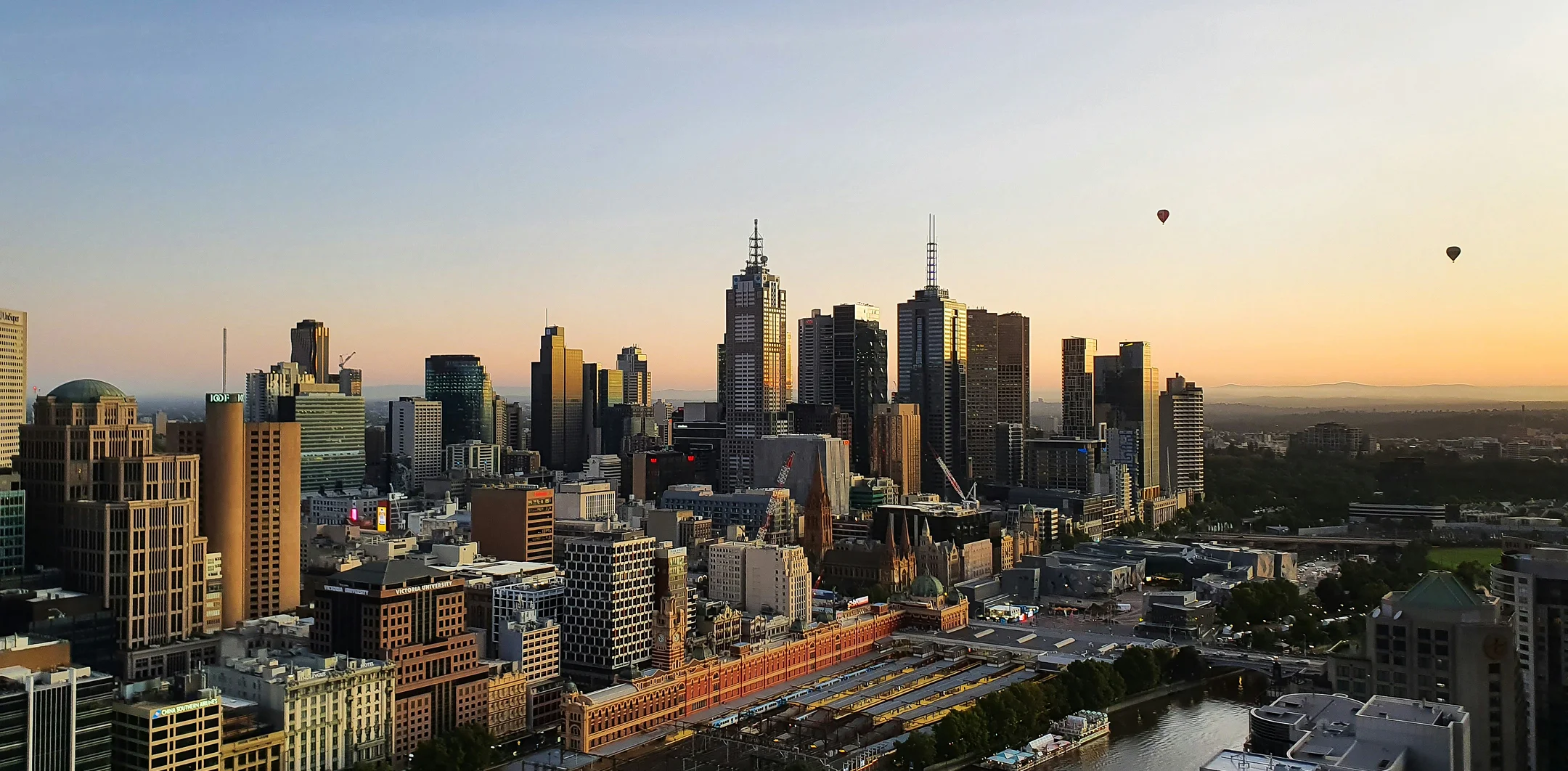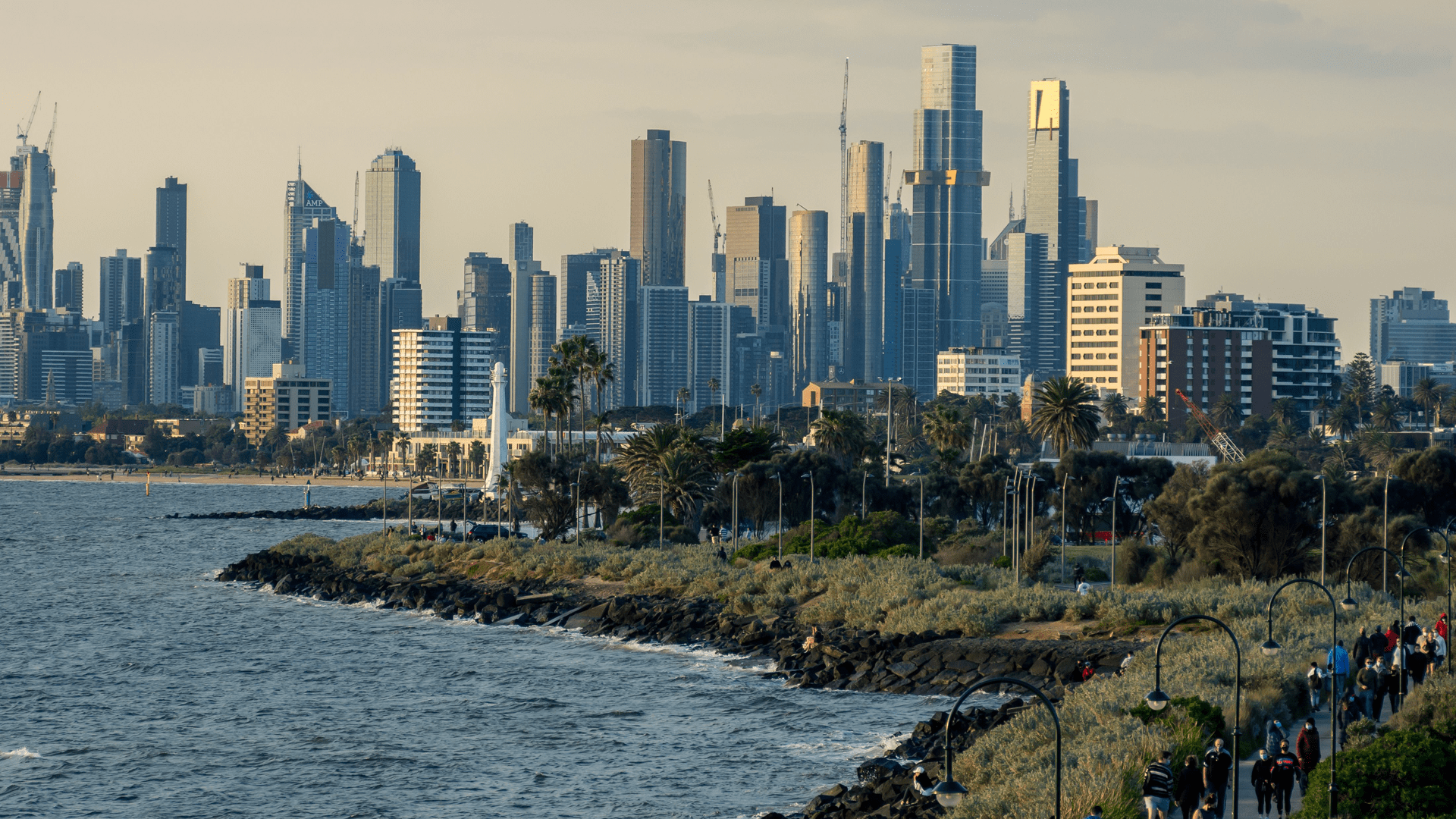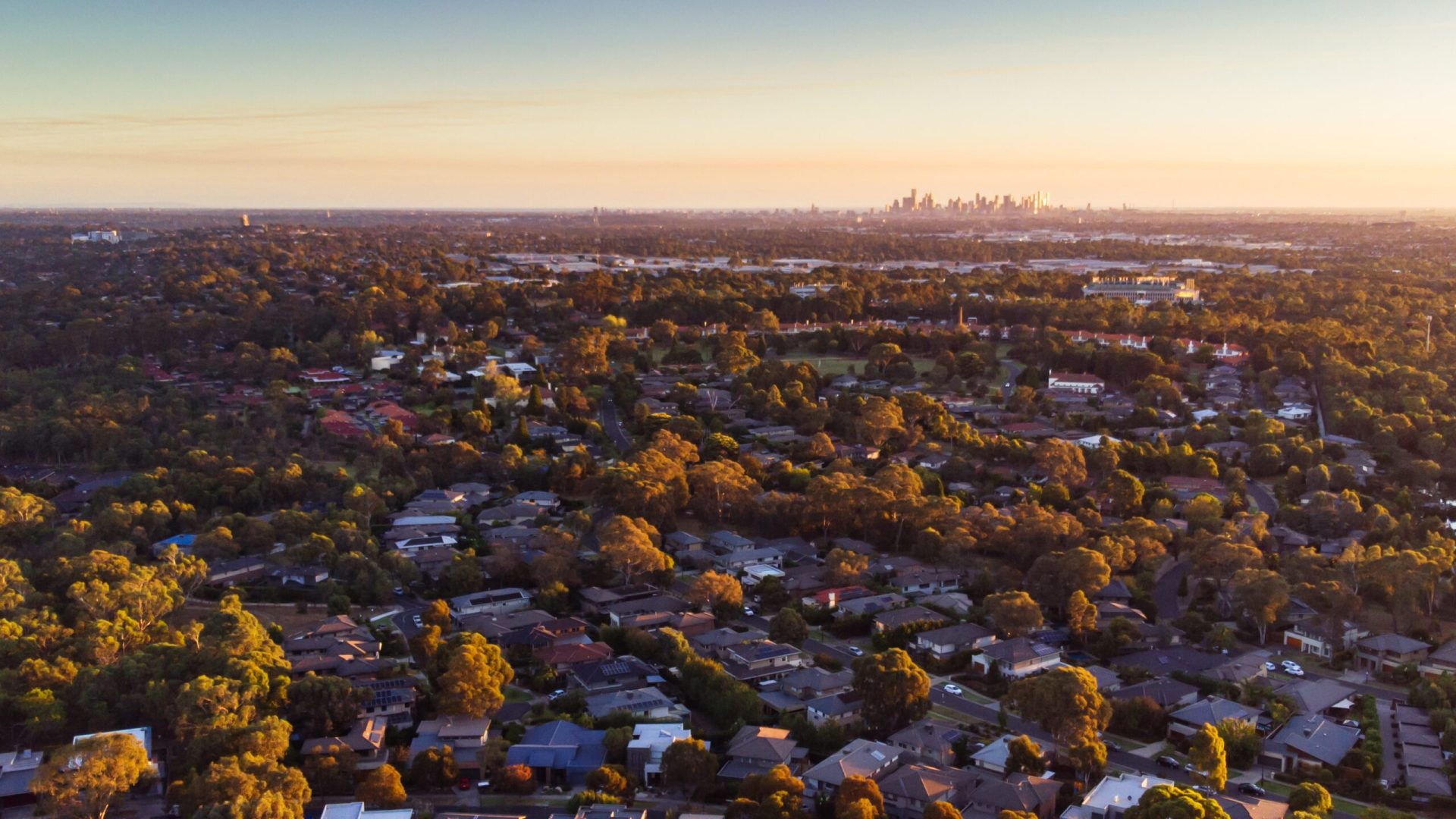By Cam McLellan
At OpenCorp. we use a process known as MAP to find the perfect investment property. The MAP process is all about eliminating markets, areas and properties in order to select the right investment property. In today’s blog I will cover the market part of the process, specifically, knocking out markets that aren’t good at a particular point in time, leaving only desirable markets to invest in.
The MAP process came about because Al and I met with all these people: accountants, consultants and had lunches, bottles of wine, the whole lot but no-one would actually sit us down and say, “here’s the best way for you to pick the market you would like your property to be in”.
So after years and years of us throwing ideas around, we created MAP. As far as eliminating markets, there is a pretty long list of things to look at but I’ve just grabbed the top five or six. The first thing to look at is, the last two years worth of growth that a city has had. In coming posts I’ll do a developer activity chain, so that you can identify the times when it’s not good to invest in any market. It is an important one to remember.
Another important one is population growth verses supply in the market. I always look at population growth forecasts in the four major capital cities and I match that with the amount of affordable housing on the market. In particular, I understand the amount of affordable housing that’s coming on to the market through the major developers, being medium and high rise apartment developers and broad acre land subdividers. We delve into it pretty deeply, looking at birth rates, immigration rates, government visa policy; there’s a whole spectrum there that we can talk about.
When eliminating markets it pays to look at employment stats and a solid performing economy; the economies do vary in the different capital cities. A lot of people talk about auction clearance rates when the market is good. To me, clearance rates don’t show a supply issue within any market, they show consumer confidence. Auctions usually happen around the middle or inner-ring suburbs, so they don’t give a true indication of an entire market, based on the amount of supply in the capital city market.
Economies in the four major capital cities work very differently. Melbourne and Sydney have a lot of business activity which spurs the economy on, where as Brissy and Perth are tourism economies. They were knocked around pretty hard following the GFC because of this, where as Melbourne and Sydney went fairly well. The reality is that when the local economy is good and the employment rates are good, people feel secure in their jobs and they buy houses.
Al has an acquisitions team that basically goes out and accesses the stats in each capital city market. He looks at a macro level first of all, with any city market and I’m probably privileged that I can take advantage of some of the reports and resources that his team provides there.
At a capital city macro level, the acquisitions team looks firstly for government level, macro level infrastructure that’s not going to impact just one local area. Infrastructure also comes into the ‘A’ of the MAP process, but at a market level they are focusing on the government spending on infrastructure because it means the government is trying to kick start that economy. They’re not going to do that when the economy is booming. We’ve seen the government spend a fortune on new roads, bridges and tunnels for Brisbane, in recent years. They put this money back into the economy to get things moving and that tells us that there is a lag and then, once the workers have more money, they spend more and it flows through the economy, which eventually leads to the housing market and pushes prices up. So at a macro level, as well as an area level, we’re looking at infrastructure changes in any given market.
Look out for policy changes as far as budgeted and unbudgeted infrastructure and zoning and density. Right now every city council in Melbourne is going through a process to determine new neighbourhood zones, growth zones and high growth zones. Things like changes to urban growth boundaries can also have a massive impact on local property prices and whether a market is up or down. So if you’re an investor and you have a property in an area where there is about to be a change to the growth boundary, there is going to be some more stock available which might delay the growth you’re going to experience.
When you talk about urban growth boundaries a lot of people think about the outer brink of a capital, where the city meets the country. It is important to remember with changing urban growth boundary policies, the majority of impact on supply in the city happens between low and medium to high density. We’ve seen this over in China recently. Their urban growth boundaries are changing, which is going to allow a huge influx in the amount of supply coming up around their activities centres; as opposed to trying to offset the population growth.
If you can, invest in property in areas where there is going to be these activities centres popping up. They will encourage the economic factors I’ve talked about above in that local area, making almost a little city or hub that creates its own mini economy growth rises.








